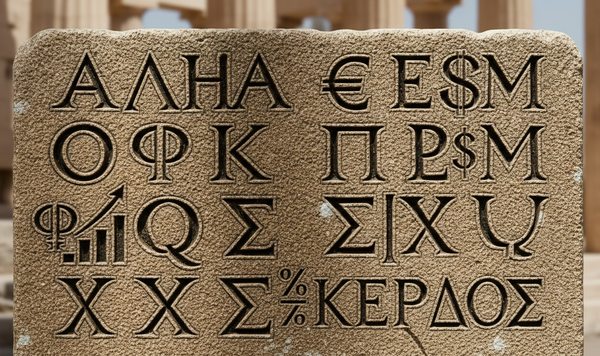Portfolio Beta calculator: measure your investment risk

Want to know how risky your portfolio really is? Most investors are flying blind, unaware their "safe" investments could crash 30% in the next market downturn. This free portfolio beta calculator reveals your true risk exposure in seconds.
What is Portfolio Beta?
Portfolio beta measures how much your investments move compared to the overall stock market. Here's what beta numbers actually mean:
- Beta = 1.0: Your portfolio moves exactly with the S&P 500
- Beta > 1.0: Higher volatility than the market (more risk, potentially higher returns)
- Beta < 1.0: Lower volatility than the market (less risk, potentially lower returns)
Real example: If your portfolio has a beta of 1.5 and the market drops 20%, you're looking at a potential 30% loss. That "diversified" tech-heavy portfolio? Probably has a beta above 1.3.
How to calculate Portfolio Beta (step-by-step guide)
Portfolio Beta = Σ(Weight × Individual Stock Beta)
Where:
- Weight = percentage of each stock in your portfolio
- Individual Stock Beta = each stock's beta coefficient
Example Portfolio Beta Calculation
Let's say you own:
- 50% Apple (AAPL) with beta 1.2
- 30% Microsoft (MSFT) with beta 0.9
- 20% Nvidia (NVDA) with beta 1.8
Portfolio Beta = (0.50 × 1.2) + (0.30 × 0.9) + (0.20 × 1.8) = 1.23
This means your portfolio is 23% more volatile than the overall market.
How to find stock Beta values
Most websites that track stock prices generally track Beta too. A few examples:
- Yahoo Finance - Search ticker, look for "Beta (5Y Monthly)"
- Google Finance - Type "AAPL beta" in search
- Your broker's platform - Usually in stock fundamentals
- Morningstar - Free basic beta information
Pro tip: Use 5-year monthly beta for the most reliable risk assessment.
Portfolio Beta calculator: free tool
Stop guessing about your portfolio's risk level. Use the Wealthy Parrot calculator to measure your true exposure.
Portfolio Beta Calculator
Calculate your portfolio's systematic risk relative to the market
How to use the portfolio beta calculator:
- Enter each holding with its percentage weight
- Input beta values from Yahoo Finance or your broker
- Click calculate to see your portfolio's beta
- Interpret results using the risk assessment guide
Portfolio Beta risk levels
- 0.0 - 0.5: Very low risk (cash, bonds, defensive stocks)
- 0.5 - 0.8: Low risk (utilities, consumer staples)
- 0.8 - 1.2: Market risk (diversified index funds)
- 1.2 - 1.5: High risk (growth stocks, tech-heavy portfolios)
- 1.5+: Very high risk (meme stocks, leveraged ETFs)
Common portfolio Beta mistakes
Mistake #1: Ignoring beta during bull markets Reality: High-beta portfolios crash hardest when markets turn
Mistake #2: Assuming diversification reduces beta Reality: 10 tech stocks still equals high beta
Mistake #3: Using outdated beta values Reality: Beta changes with market conditions
Mistake #4: Confusing beta with correlation Reality: Low correlation doesn't mean low beta
Portfolio Beta FAQ
What is a good portfolio beta?
Answer: Depends on your risk tolerance and market outlook. Conservative investors target 0.6-0.8, aggressive investors target 1.2-1.5.
Can portfolio beta be negative?
Answer: Yes, but rare. Negative beta means the investment moves opposite to the market (like gold during market crashes).
How often should I calculate portfolio beta?
Answer: Monthly for active portfolios, quarterly for buy-and-hold strategies.
Does portfolio beta predict returns?
Answer: No. Beta measures risk, not return potential. High beta can mean high gains OR high losses.
Take control of your investment risk today
The next market crash is coming - it's not a question of if, but when. Will your portfolio survive, or will you join the 90% of investors who lose money during downturns?
Use the Wealthy Parrot free portfolio beta calculator and finally understand what you're risking. Because the only thing worse than losing money is losing money you didn't know you were risking.
Your future self will thank you (or at least won't curse you as much).





